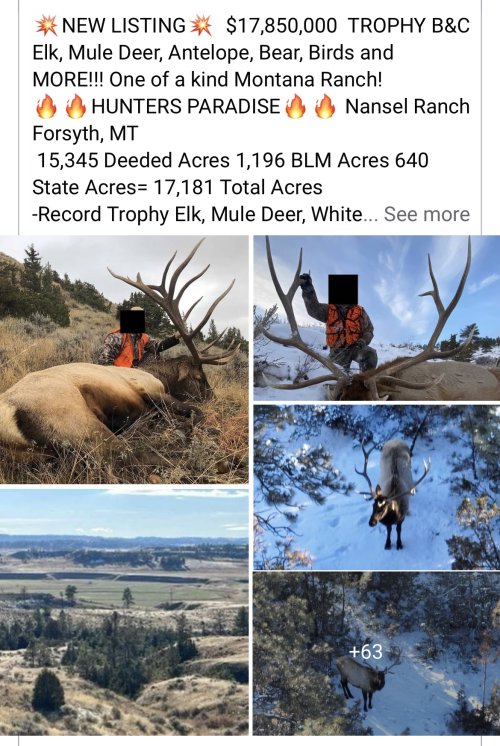You’re trying to turn tags sales into hunter numbers. They aren’t the same.
Also, we don’t know how many nonresident hunters we have as our process is so messed up that we could have 34,000 or 52,0000 but we don’t know. Hunter days would be a much more comparable statistic. It is much easier to see how many residents we have.
If we take 2,550 of these people and move them to private land then great. Also, if any of these people are purchasing a B tag as well then that’s less pressure on public. If these people are drawing permits in whatever unit they own land then that again is less people on public.
The hunter day metric is the one to look at. The total number of license sales also includes upland, waterfowl, turkey, bear, wolf, lion, etc. Limiting hunter days and improving harvest success rates leads to better outcomes for all. If we can't get a cap on reduced price NR licenses through the House FWP committee, then I'm not sure we should look sideways at a potential 10% reduction in NR hunting pressure on public land.
454 is over the quota premium tags for landowners who trade cow elk hunting for them. 635 is inside the cap, and takes pressure off public land and doesn't add any new licenses.





